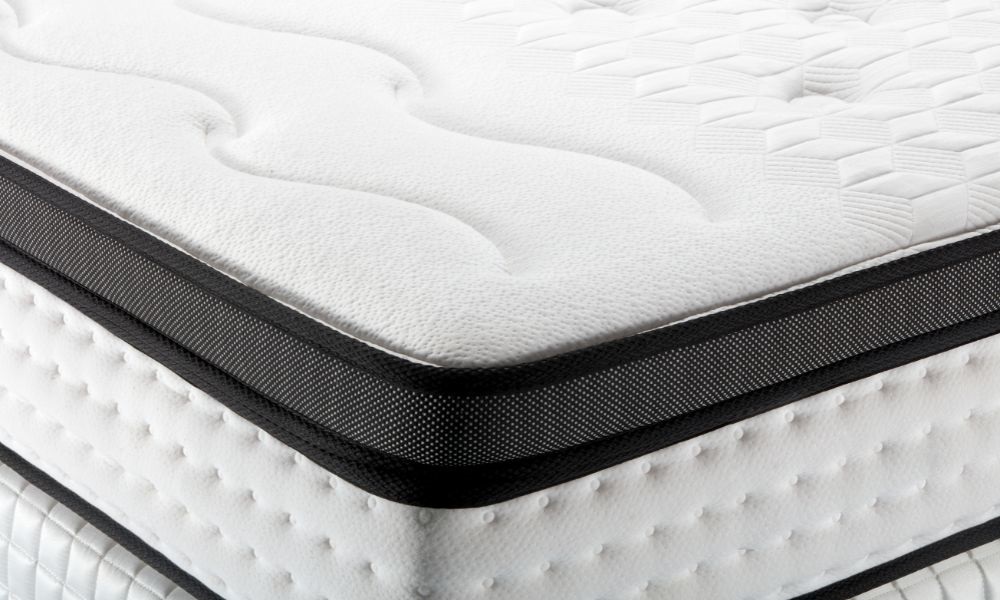Are you in the market for a new, firm mattress but feeling overwhelmed by all the options? Choosing the right firm mattress is crucial for proper spinal alignment and preventing back pain. The “best” firm mattress depends on your sleeping position, body type, if you share your bed with a partner, and personal preferences around bounce, motion transfer, and cooling properties.
Body type plays a big role. Petite back sleepers often feel most comfortable on a medium or medium firm mattress. Plus-sized people, on the other hand, don’t sink in as deeply so better handle an ultra-firm bed. Combination sleepers need enough give to ease pressure points when on their sides but enough support for back and stomach sleeping.
People with chronic back pain should choose firmness based on their most common sleeping position. Firm keeps the spine elongated which helps alleviate pain. If you share your bed, you want to find a comfortable firmness level for both sleepers while providing adequate support on a mattress closer to medium-firm than ultra-firm if one person would prefer more cushioning.
Important firm mattress considerations
As you narrow down your preferred level of firmness, also consider what’s most important in your next mattress when it comes to these factors:
- Pressure point relief
- Contouring
- Motion isolation
- Responsiveness/bounce
- Edge support
- Cooling properties
Did you know even firm mattresses excel in pressure relief? That’s thanks to infused foams and gels that mold to the body without excess sinkage. Pay attention to contouring capabilities as well. A mattress that properly contours keeps the spine aligned all night. If you share the bed, motion isolation helps prevent sleep disturbances when your partner moves. Combination sleepers also want enough bounce and responsiveness for easy moving. And everyone benefits from reinforced edges that give you more surface area to sleep on. In terms of temperature regulation, even firm beds sleep cool with technologies like graphite or copper infusion, open cell foams, gel foams, and other heat-wicking materials.
Innerspring mattresses
Innersprings provide the most traditional best firm mattress feel many people grew up on. They contain steel coil support systems with upholstery foam layers up top for cushioning. The sturdy springs bring nice bounce and edge support. However, they average in pressure relief. And all-foam or hybrid beds typically isolate motion better. Modern pocketed coils wrapped in fabric do help minimize motion transfer though.
Memory foam mattresses
In addition to its superior pressure relief and contouring properties, memory foam evenly distributes weight and adapts to body curves. The material does sleep hotter than other mattress types. Manufacturers now infuse foams, use open-cell structures, and pair memory materials with cooling gels to help regulate heat. While traditional memory beds lack responsiveness, when blended with latex or polyfoam this improves.
Latex mattresses
For incredible buoyancy, responsiveness, and contouring along with natural cooling abilities, latex makes an excellent mattress material. It’s naturally antimicrobial and dust mite resistant too. Natural latex comes from rubber tree sap. Synthetic latex is manufactured using various chemical processes. Blended versions combine natural and synthetic elements. Any latex type works great for pressure relief as the material conforms closely to offer cushioned support.
